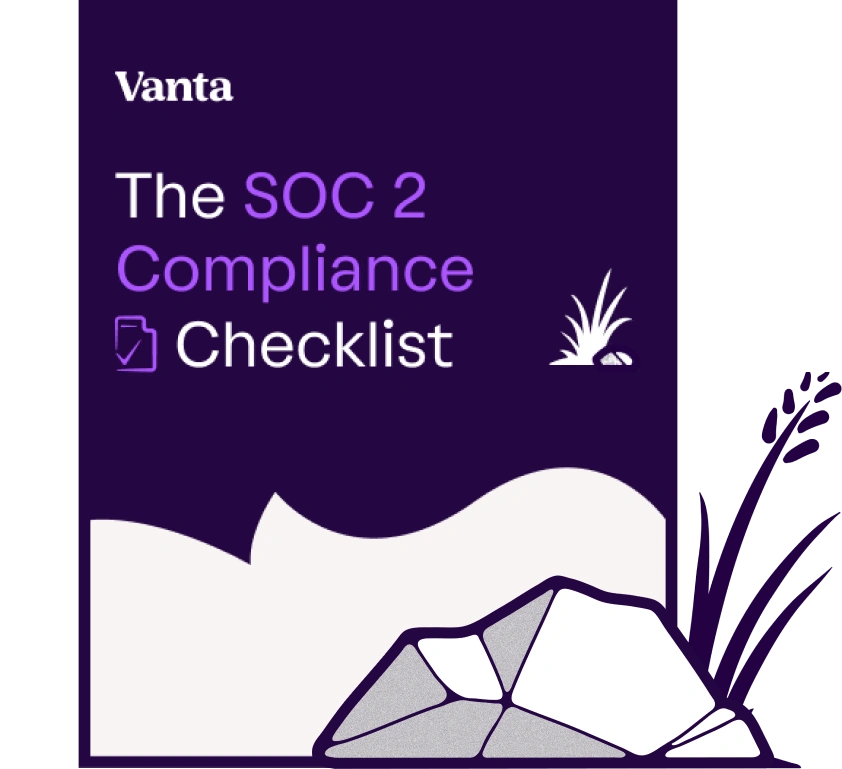
What is an IT security policy?
An information technology (IT) security policy establishes rules and procedures for the individuals who interact with an organization’s IT assets and resources, in order to protect information and IT systems from any unauthorized access, use, alteration, or destruction, and to provide guidance as to the actions an organization should take if any IT systems are compromised.
In developing an IT security policy, a company will want to consider how its employees, and any individuals accessing and using its IT resources, use and share information internally and externally. An effective IT policy will be different for each organization, addressing categories that include the confidentiality, integrity, and availability of data and information through the lens of an organization’s specific approach to its work and information management.
An effective IT security policy should include information about the goals and expectations of the policy; information about any regulations that may shape elements of the policy; information about when and how information technology systems are to be tested against potential challenges; and a plan for the policy to be regularly reviewed and updated to ensure the continuity of its effectiveness.
Conducting a SOC 2 security audit can help support the goals of an organization’s IT security policy, by bringing to light potential risks in a company’s security implementation and creating an opportunity — and a streamlined process — to improve a company’s overall security posture.




.png)
Join CISOs from Perforce, Xactus, and Vanta for The CISO Playbook, a live panel on how enterprise security leaders demonstrate value to boards, manage risk at scale, and align security programs with growth and executive expectations.





.png)

.png)

.png)
.png)
.png)
.png)
.svg)
.svg)
.png)
.png)
.png)